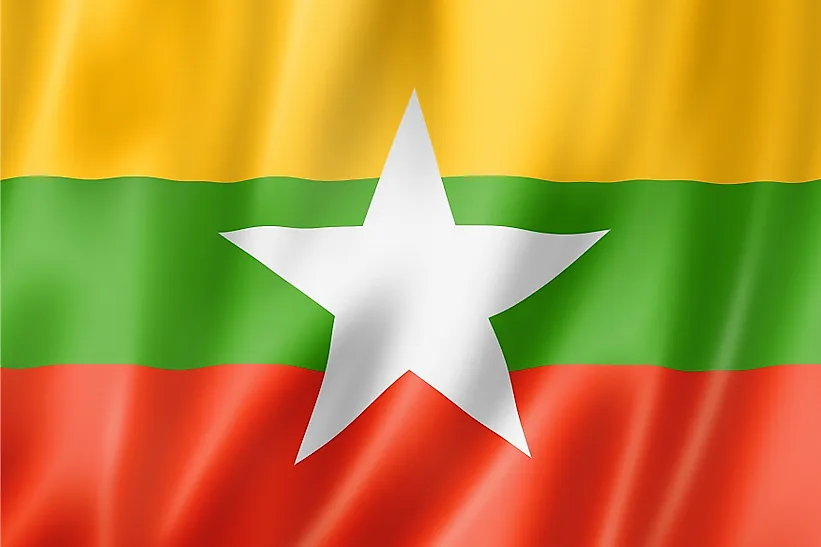
ミャンマー
| 大陸 | アジア |
| 資本金 | ネピドー |
| 人口 | 56,890,418 |
| GDP | $307.00 億円 |
| 一人当たりGDP | $6,000 |
| ダイヤルコード | +95 |
| ISOコード(2文字) | MM |
| ISOコード(3文字) | MMR |
Myanmar Landscapes






About Myanmar
Welcome to Myanmar, a nation where ancient traditions meet natural splendor. With approximately 54 million people occupying 676,578 square kilometers, Myanmar combines remarkable cultural heritage with diverse landscapes, standing as one of Southeast Asia’s largest and most culturally rich countries.
地理的特徴と自然の美しさ
Myanmar’s geography encompasses extraordinary diversity, from the Himalayan foothills in the north to the Andaman Sea coastline in the south. The country features major river systems including the Ayeyarwady (Irrawaddy), creating fertile plains and dramatic landscapes.
The landscape includes snow-capped mountains, dense tropical forests, extensive river deltas, and pristine beaches. The country’s varied topography creates multiple climate zones, supporting rich biodiversity and diverse ecosystems.
Protected areas include Hkakaborazi National Park, home to Southeast Asia’s highest peak, and various wildlife sanctuaries protecting endangered species. The country’s commitment to environmental protection focuses on preserving its natural heritage while managing development.
文化遺産と伝統
Myanmar culture represents a rich tapestry of influences from various ethnic groups. The country’s heritage includes thousands of ancient temples, particularly in Bagan, distinctive traditional arts, and vibrant festivals.
Traditional arts include lacquerware, silk weaving, and marble carving. Music traditions feature unique instruments like the saung (Burmese harp), while traditional dance forms tell stories from mythology and history.
Myanmar cuisine reflects regional diversity, featuring influences from neighboring countries while maintaining distinctive local flavors. The tradition of tea culture and betel chewing remains part of daily social life.
歴史の旅
Myanmar’s history spans from ancient kingdoms through colonial period to independence. The country’s territory has been home to several powerful empires and kingdoms.
Significant periods include the Pagan Empire, Konbaung Dynasty, British colonial rule, independence in 1948, and subsequent political transitions. The country’s rich historical legacy continues to influence its cultural identity.
現代の経済状況
Today’s Myanmar economy combines traditional agriculture with emerging sectors. The country possesses significant natural resources, including precious stones, oil, and natural gas.
Recent initiatives focus on infrastructure development, tourism growth, and economic modernization. Myanmar’s strategic location between India, China, and Southeast Asia provides opportunities for regional trade.
国際関係とグローバルポジション
Myanmar maintains participation in ASEAN while developing relationships with various international partners. The country’s strategic location and natural resources influence its international relationships.
ご存知でしたか?
• Shwedagon Pagoda in Yangon is covered with genuine gold plates?
• Bagan contains over 2,000 ancient temples and pagodas?
• Myanmar produces 90% of the world’s rubies?
• The country was once the world’s largest exporter of rice?
結論
Myanmar represents a unique combination of ancient heritage and natural wealth. From its golden temples to its diverse landscapes, from its traditional arts to its developing economy, Myanmar continues to evolve while preserving its distinctive cultural identity. As it addresses challenges including sustainable development and social harmony, Myanmar remains committed to its path of growth while fostering cultural preservation and environmental protection.